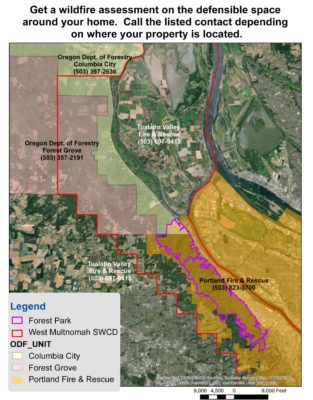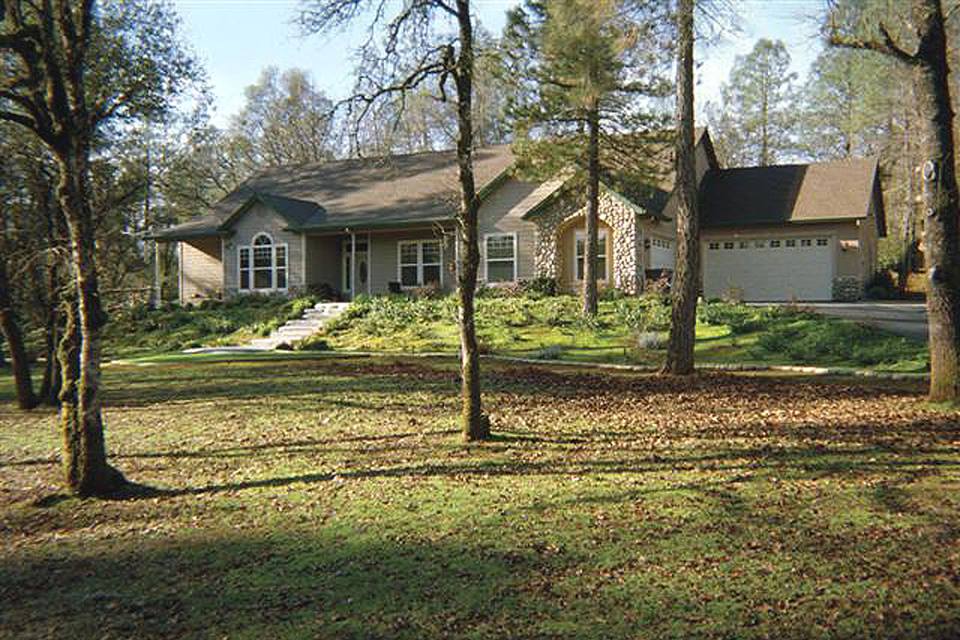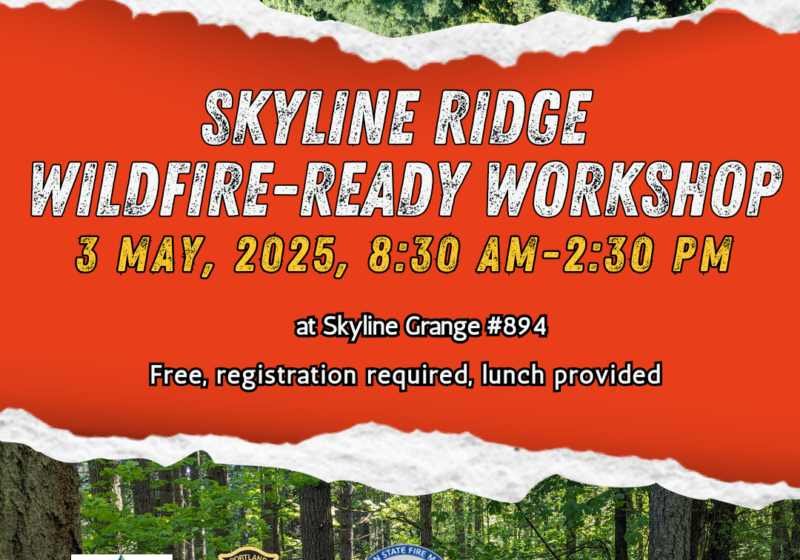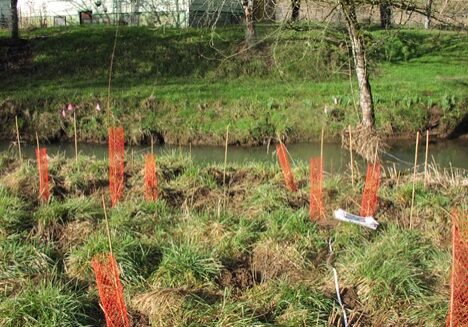As summers grow longer and hotter from climate change, wildfires are burning hotter and longer and are increasingly destructive.
If you live in a suburban neighborhood, near Forest Park or other large forested area, or in the more rural reaches of Multnomah County, you need to be ready for fire near your home. In 1940 and 1951, fires burned through portions of the West Hills during dry conditions and high winds.
There are three critical steps to prepare your family for the threat of wildfire:
- Ready – Be Ready. Prepare for the fire threat by creating defensible space around your home, assembling emergency supplies, and planning evacuation routes.
- Set – Situational awareness. As a fire approaches, stay alert and know how to receive the latest news and information on the fire from local media, your local fire department and public safety. Pack your emergency items and prepare to evacuate if necessary.
- Go! – Act early. By leaving early, you have the best chance of surviving a wildland fire. You also support firefighting efforts by keeping the area and roads clear of congestion, which allows firefighters to best maneuver resources to combat the fire.
Source: Portland Fire & Rescue, Reducing the Risk of Wildfire
How to prepare your home for wildfire
There are many simple measures that improve the ability of firefighters to defend your home from potential loss in the event of wildfire. Tackling projects that improve fire safe zones around our home will pay off greatly in the future.
To prepare for fire, there are a few things you can do to reduce wildfire risk around your home:
1) Clear away debris and flammable items. Sparks can travel great distances and ignite dry vegetation.
- It’s important to keep tree debris, dead leaves, and twigs off of the roof and out of gutters. Sparks can travel great distances from fires and ignite dry vegetation that gathers on or around the home.
- Keep flammable items away from wood decks. (At least one fire spread after a broom was ignited by a spark!)
- Stack firewood at least 30 feet from the house.
- Prune overhanging tree branches that are touching the house or roof.
- Clear flammable vegetation within 30 feet of the home, or greater if plants and shrubs are highly flammable or very dense
- Keep leaves, moss, and twigs off of the roof and out of gutters.
- Keep flammable items away from wood decks
- Stack firewood at least 30 feet from the house
- Prune overhanging tree branches that are touching the house or roof
- Maintain three zones of defensible space around homes: the Immediate Zone: 0 to 5 feet around the house; Intermediate Zone: 5 to 30 feet; and the Extended Zone: 30 to 100 feet.
2) Choose fire-resistant plants
- When planting new plants close to a home or other structure, choose fire-resistant plants, especially if you are in a more fire-prone forested area.
- Learn more about planning your landscape for fire and about choosing fire-resistant plants. (see pages 4-6).
Fire-resistant native plants have moist and supple leaves and low amounts of sap, resin, or volatile oils. They also shed dead branches regularly. They are not “fire proof” plants, but they are thought to be safer to have near a home on a forested property than other landscaping options. These plants won’t add significant fuel to a fire and therefore won’t lead to increased fire intensity.
They can also offer great habitat for wildlife and pollinators. Most of the species are available at various native plant nurseries in the Willamette Valley and Northwest Oregon.
Fire-resistant plants native to our area are referenced in Oregon State University Extension’s publication Fire-Resistant Plants for Home Landscapes. Most of the species are readily available from various native plant nurseries in the Willamette Valley and Northwest Oregon, and will also help provide wildlife and pollinator habitat.
- Replace existing highly flammable plants with fire-resistant plants.
Juniper is one example of a highly flammable plant, with abundant oil and resin and accumulated dead foliage. Plantings within 20-30 feet of the home are more at risk of spreading fire. Armenian blackberry can cause a wildfire hazard as well, and could be replaced by native vegetation.
- Find a native plant sale near you.
3) Get a home fire risk assessment
Portland Fire & Rescue aims to help residents reduce fire risk in the Wildland Urban InterfaceWildland Urban Interface Where a city transitions into a forested setting (WUI) while maintaining a sustainable ecosystem balance. Many of the streets around Forest Park, Marquam Nature Park, or George Himes City Park would qualify as WUI.
Complete a Wildland Urban Interface Home Assessment Application Form or call Portland Fire & Rescue at 503-823-3700. If you are outside of Multnomah County, your application will be referred to the correct agency.

- Keep access open to your home and property. In the event of an emergency, fire trucks need to be able to drive up forest roads quickly.
4) Stay informed
Fires can move very fast and tend to travel uphill rather than downhill. Many homes on NW Skyline, McNamee, Newberry and other roads are at the top of slopes leaving them susceptible to spreading fires.
The best way to find out what fireproofing steps you can take for your property is to talk to your local fire department about a home-wildfire risk assessment.
- Portland Fire & Rescue’s assessment program aims to help residents reduce fire risk in the Wildland Urban Interface while maintaining a sustainable ecosystem balance. Many of the streets around Forest Park, Marquam Nature Park, or George Himes City Park would qualify as WUI.
- Complete a Wildland Urban Interface Home Assessment Application Form or call 503-823-3700. If you are outside of Multnomah County, your application will be referred to the correct agency.
- Agencies conducting fire risk assessments and consultations outside of Multnomah County: Oregon Department of Forestry (Columbia City: 503-397-2636; Forest Grove: 503-357-2191), or Tualatin Valley Fire and Rescue (503-697-9418).
Learn more about preparing for wildfire:
- National Fire Protection Association’s Firewise USA® program: How to Prepare Your Home for Wildfires
- Oregon State University Extension Service: Keeping Your Home and Property Safe from Wildfire
Both guide residents on how to maintain three zones of defensible space around homes: the Immediate Zone: 0 to 5 feet around the house; Intermediate Zone: 5 to 30 feet; and the Extended Zone: 30 to 100 feet.
5) We can help
We help woodland owners develop comprehensive forest stewardship plans which include an assessment of the forest and property with an eye toward wildfire risk and recommendations to reduce that risk.
We provide information, and in some cases also offer cost-share funding for the highest priority projects that reduce wildfire risk. Priority for funding will be given to projects with the following qualifications:
- Residents have already had a Wildland Urban Interface home assessment done by Portland Fire & Rescue staff, and are ready to implement some of their recommendations.
- For larger projects taking place in the forested zone greater than 100 feet from the home, residents have a forest stewardship plan or conservation plan for their land.
- Residents can provide matching resources to the project in the form of in-kind labor and/or funding.
- Projects that remove invasive species and plant diverse, fire-resistant species to improve habitat.
- Properties smaller than 5 acres in size have teamed up with multiple neighboring or nearby properties on a coordinated group project.
For more information on wildfire risk reduction contact Forest Conservationist, Laura Taylor laura@wmswcd.org or 503-238-4775, ext. 112.



